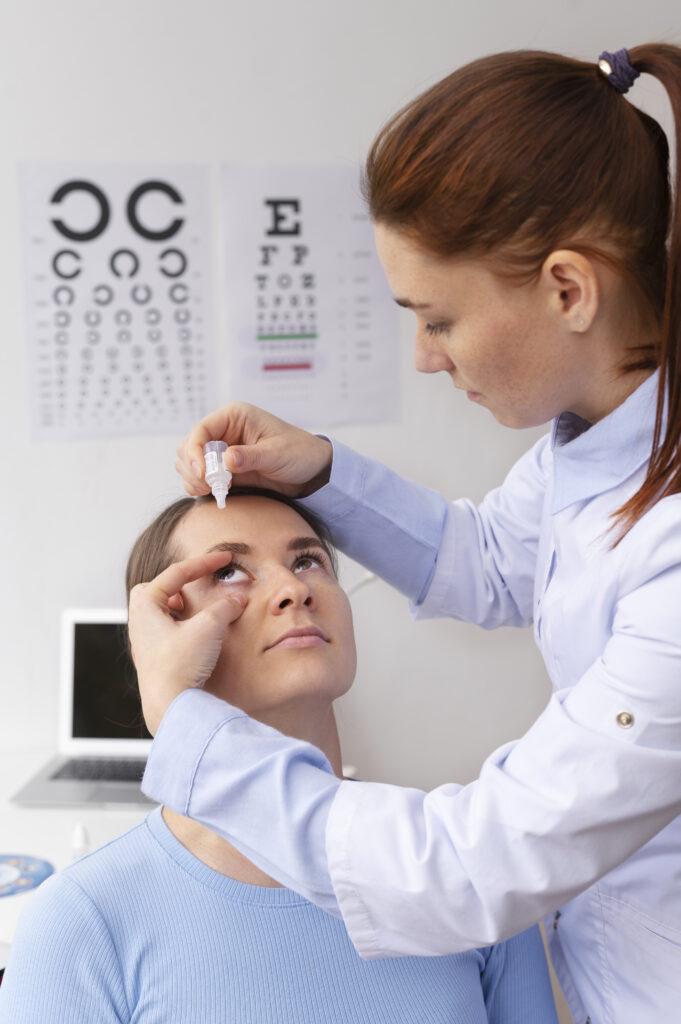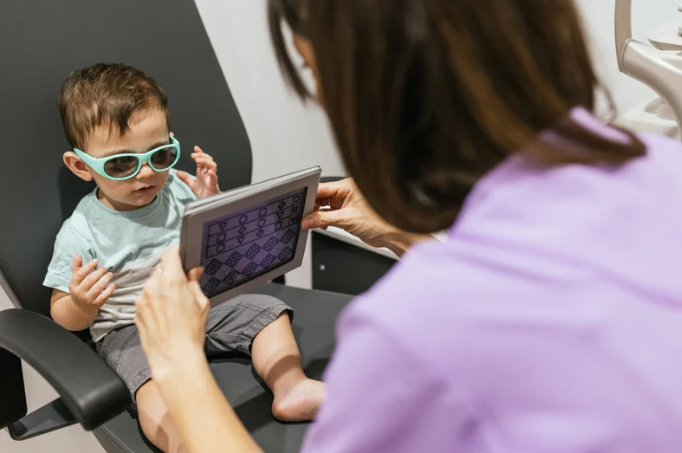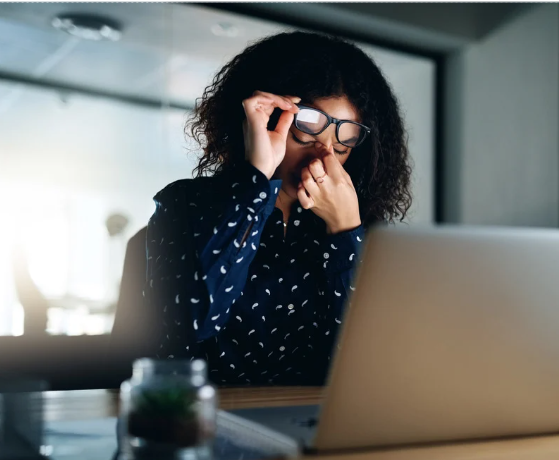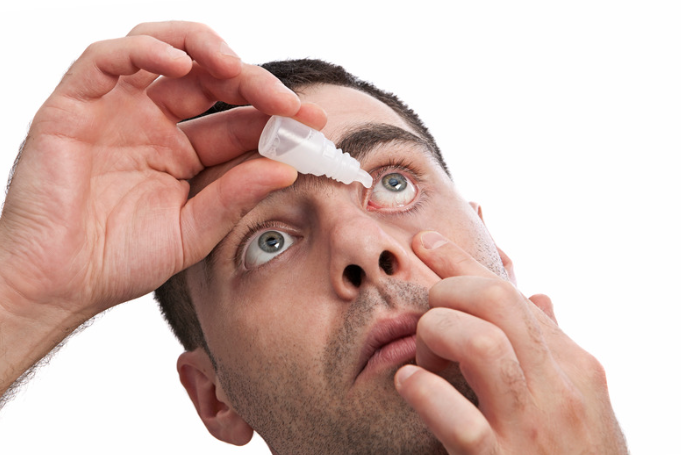Understanding Dry Eyes and the Need for Proper Eye Care Drops
Dry eyes are a common condition that affects millions of people worldwide. Whether caused by environmental factors, aging, prolonged screen time, or underlying health issues, dry eyes can lead to discomfort, irritation, and even vision problems. Finding the best eye drops for dry eyes is crucial to maintaining healthy vision and reducing symptoms. With a wide variety of dry eye drops available, choosing the right one can be overwhelming. This guide will help you understand your condition and select the most suitable eye care drops to alleviate dryness effectively.
Types of Dry Eye Drops: Understanding Your Options
There are various types of dry eye drops available, each formulated to address specific symptoms. Here are the most common types:
1. Artificial Tears – Basic Lubrication for Mild Dry Eyes
Artificial tears are the most commonly used eye care drops and provide instant relief by moisturizing the eyes. These drops mimic natural tears and help reduce irritation. If you have mild to moderate dry eyes, artificial tears can be a great first option.
2. Preservative-Free Eye Drops – Ideal for Frequent Use
Some best eye drops for dry eyes come in preservative-free formulations. These are recommended for people who need to use dry eye drops multiple times a day. Preservatives can sometimes cause irritation, so preservative-free eye drops are gentler on the eyes.
3. Gel-Based and Ointment Eye Drops – Long-Lasting Relief
For those experiencing severe dry eyes, gel-based eye care drops or ointments provide longer-lasting moisture. These are thicker than regular dry eye drops and are best applied before bedtime to keep the eyes hydrated overnight.
4. Contact Lens-Compatible Eye Drops – Preventing Irritation
If you wear contact lenses, standard dry eye drops may not be suitable. Specialized contact lens rewetting drops are formulated to hydrate your eyes without damaging your lenses.
5. Allergy Eye Drops – For Seasonal Dry Eyes
Seasonal allergies can cause dry eyes, redness, and itchiness. Antihistamine-based eye care drops can help relieve these symptoms while keeping the eyes moist.
Factors to Consider When Choosing the Best Eye Drops for Dry Eyes
With so many options, it’s essential to consider the following factors when selecting the best eye drops for dry eyes:
1. Severity of Dry Eyes
- Mild cases can be managed with artificial tears.
- Chronic dry eye sufferers may require prescription dry eye drops.
2. Frequency of Use
- If you use drops several times a day, opt for preservative-free eye care drops to avoid irritation.
3. Underlying Causes of Dry Eyes
- If inflammation is a concern, go for anti-inflammatory dry eye drops.
- If allergies are the culprit, antihistamine-based eye care drops are a better choice.
4. Lifestyle and Daily Routine
- For night-time relief, gel-based dry eye drops work best.
- If you use screens for extended hours, consider drops that help with digital eye strain.
Additional Ways to Manage Dry Eyes
Using the best eye drops for dry eyes is just one part of managing dry eyes. Here are additional steps to keep your eyes hydrated:
1. Blink Frequently and Take Breaks
- When working on a screen, follow the 20-20-20 rule: Every 20 minutes, look 20 feet away for 20 seconds.
2. Use a Humidifier
- Dry indoor air can worsen dry eyes. A humidifier adds moisture to the air and helps retain eye hydration.
3. Wear Sunglasses Outdoors
- Protect your eyes from wind, dust, and harsh sunlight to prevent excessive tear evaporation.
4. Stay Hydrated
- Drink plenty of water to maintain overall hydration and support natural tear production.
5. Eat a Diet Rich in Omega-3s
- Foods like salmon, walnuts, and flaxseeds can improve tear quality and reduce dry eyes symptoms.
6. Warm Compress and Eyelid Hygiene
- Applying a warm compress can stimulate oil production in tear glands and keep tears from evaporating too quickly.
7. Reduce Screen Time
- Prolonged screen use leads to reduced blinking, causing dry eyes. Make a conscious effort to blink more frequently and take breaks from screens.
8. Avoid Smoke and Pollution
- Exposure to smoke, pollution, and air conditioning can worsen dry eyes. Try to limit exposure and ensure proper ventilation in your surroundings.
9. Use Specialized Eye Drops for Digital Eye Strain
- If your dry eyes are caused by excessive screen time, some best eye drops for dry eyes are designed to combat digital strain. Look for options that provide extended relief for screen users.

When to See an Eye Doctor
If dry eye drops do not relieve your symptoms or your dry eyes worsen, consult an eye specialist. Seek medical attention if you experience:
- Persistent eye pain or irritation
- Blurred vision that does not improve
- Increased light sensitivity
- Redness or swelling that does not subside
- A gritty sensation that does not go away
Conclusion
Finding the best eye drops for dry eyes depends on your specific condition, lifestyle, and severity of symptoms. From artificial tears to prescription dry eye drops, there are multiple options available to provide relief. Understanding the causes of dry eyes, choosing the right eye care drops, and incorporating preventive measures can help keep your eyes healthy and comfortable. If symptoms persist, consult an eye specialist to find the most effective treatment for long-term eye hydration and relief.
By selecting the right dry eye drops and adopting a holistic approach to eye care, you can significantly improve eye comfort and maintain clear vision. Taking proactive steps such as staying hydrated, protecting your eyes, and choosing high-quality eye care drops ensures that your eyes remain well-lubricated and healthy every day.







